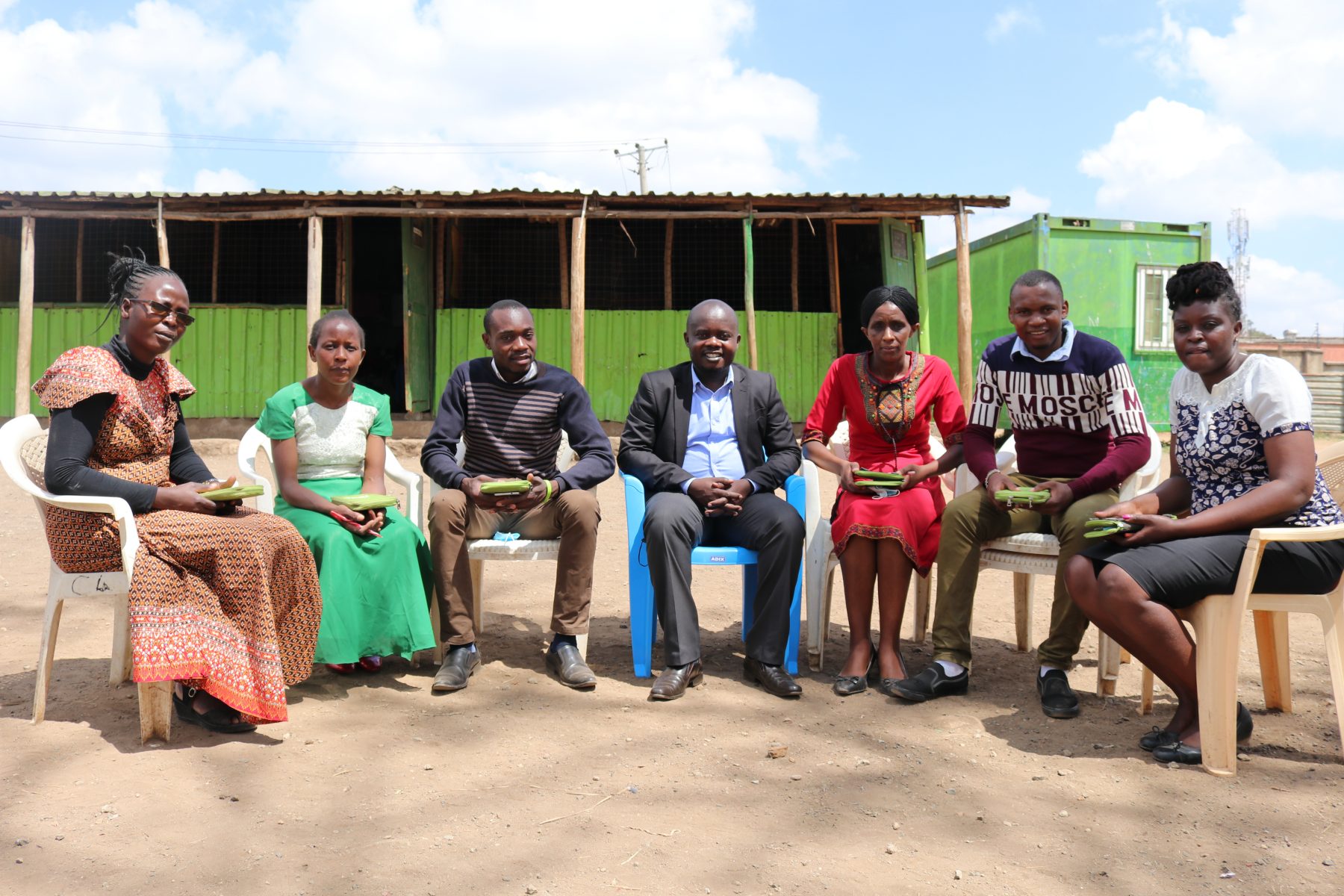Kenyatta: ‘We must transform education systems so all can access quality, technology enabled education.’
Education is a powerful driver of development and one of the strongest instruments for reducing poverty and improving lives, gender equality, peace, and stability.
Sadly, for many – including Kenyans – COVID-19 has hit the education sector with considerable disruption and uncertainty. In an opinion article published this week in the Financial Times, President Kenyatta has outlined an approach to tackling the learning gap, writing that
“Covid-19 has aggravated the poor learning outcomes and intensified the socio-economic inequalities that hold back learners from poor homes. In most developing countries, it has deepened the challenges for vulnerable learners, including those with disabilities and from economically or politically fragile communities.”
The President has turned his attention to more innovative approaches that seek to build on some of the technological innovations already being used in Kenyan schools up and down the country, and different approaches saying in his opinion piece that
“we must prioritise innovations to strengthen traditional classroom learning and give students a richer, more rounded learning experience”.
He adds that
“as governments and world citizens, we can use emerging solutions to enrol millions of children back in school, while transforming systems so that everyone can have access to quality, equitable and technology-enabled education”.
Across the world, leaders have focused their attention on learning recovery and re-imagining education by building more equitable education systems. In July this year, President Kenyatta and Prime Minister Boris Johnson co-hosted a major education summit (GPE) in London, where they urged world leaders to invest in getting children into school and to build back better from COVID-19.

President Kenyatta urged government leaders to continue investing in and prioritising education by enacting supporting policies and increasing domestic resource allocation to the sector. At the same time, he underscored the importance of embracing digital technology and harnessing its full potential to improve and transform education.
Griffin Asigo is the Managing Director at Bridge Kenya. He says that the adoption of innovation and technology in education has the capacity to build stronger education systems so as to reach more children, improve learning and teaching, and build resilience to withstand shocks such as COVID-19 disruptions.
Before COVID-19, there was already increased usage of technology in education. School providers like Bridge Kenya have been serving some of Kenya’s most underserved communities for over a decade, using innovative technology and digitizing learning based on the national curriculum.
“The Bridge Kenya teaching model offers an innovative solution to the education crisis that has affected many countries in Africa where children attending schools do not read at their grade level and are unable to demonstrate that they have effectively learned the topics taught in classrooms.” Says Griffin.
The COVID-19 crisis has brought to the fore the inequalities in digital access especially for children from underserved communities. This calls for the need to close the digital divides in education and leverage the power of technology to accelerate learning and support skills development.

As society and the education sector recovers from the damaging effects of the pandemic, supported and empowered teachers will be critical for an effective recovery. We must develop appropriate teacher training and development programmes to support teachers so that they are comfortable using technology to support their teaching.
According to Griffin Asigo,
“Bridge Kenya believes that technology supports teachers, helping them to excel and uses a technology model to empower a new community of trained, prepared and supported teachers across Kenya.”
Bridge teachers are provided with teacher guides that display lessons, record attendance and assessment scores, and track lesson pacing and pupil comprehension in near real time; taking away the administrative burden and giving teachers, schools and leaders access to data through technology that will drive decision making on improvement.
President Kenyatta is leading the way among African leaders; galvanising others to look to new innovative technological solutions to improve education systems and help build back better after Covid-19. Unlike others, he already has school providers in the education ecosystem – like Bridge Kenya – doing exactly what he has called for – he can leverage that for the greater good of the education system.

